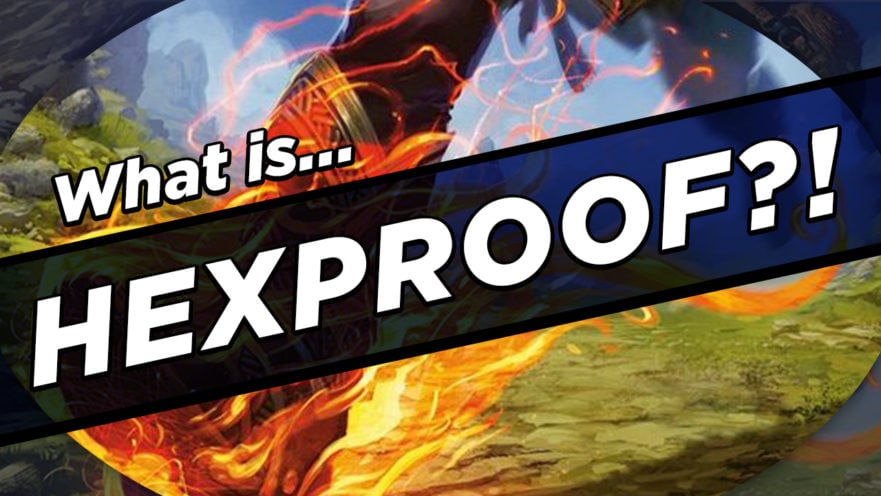Of all the evergreen mechanics in Magic: The Gathering, hexproof is perhaps the most polarizing. The keyword has only been around since 2011, but it’s spawned some incredibly powerful cards and archetypes. If you’d like to learn more about hexproof, we’re here to break it all down.
What is Hexproof?
A creature with hexproof can’t be the target of spells or abilities your opponents control. This means that you can load your hexproof creature up with enchantments or cast a spell that gives it +3/+3 in combat, and most of your opponents’ removal spells won’t help them. (See why hexproof is so polarizing?)
Hexproof is a variation on an ability called shroud, which prevents creatures from being the target of any spell or ability, including yours. Magic has also recently introduced some variations on hexproof itself, such as creatures with hexproof from a specific color. Creatures like Knight of Malice can’t be the target of white spells or abilities your opponents control, but spells and abilities of any other color are fair game.
Right on Target
The key to understanding hexproof creatures – and how to deal with them – is understanding what it means to be the target of a spell in Magic. Basically, if a spell in question requires a target (i.e. one or more permanents or players), a creature with hexproof can’t be one of them.

The easiest way to determine if a spell targets a creature is to look for the word “target” in its rules text. For example, Doom Blade reads “Destroy target nonblack creature.” You can’t cast Doom Blade targeting a creature with hexproof.
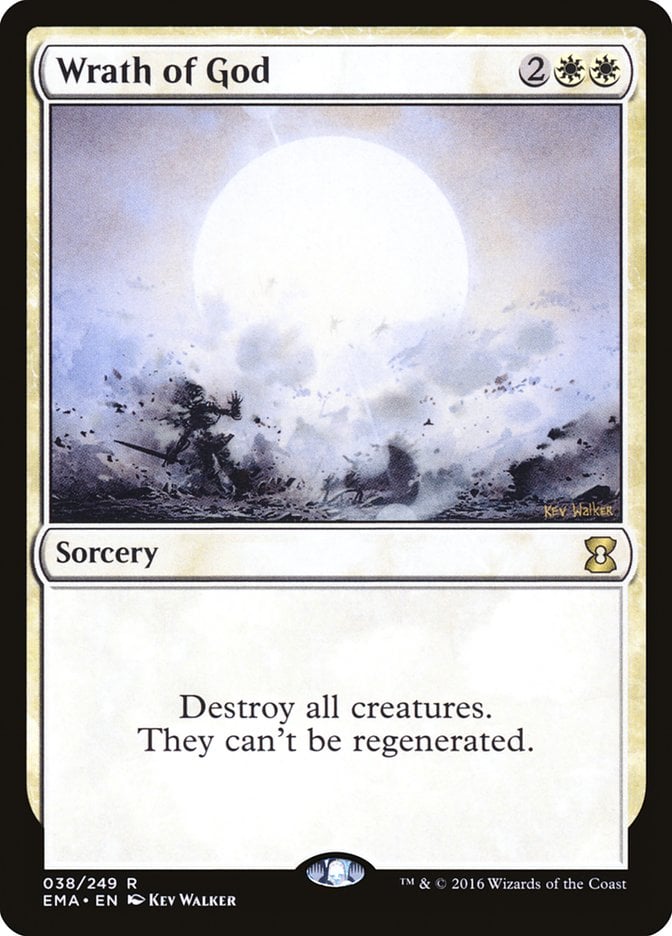
However, Wrath of God says, “Destroy all creatures.” Because it doesn’t target a specific creature, it applies to every creature on the battlefield, whether they have hexproof or not.
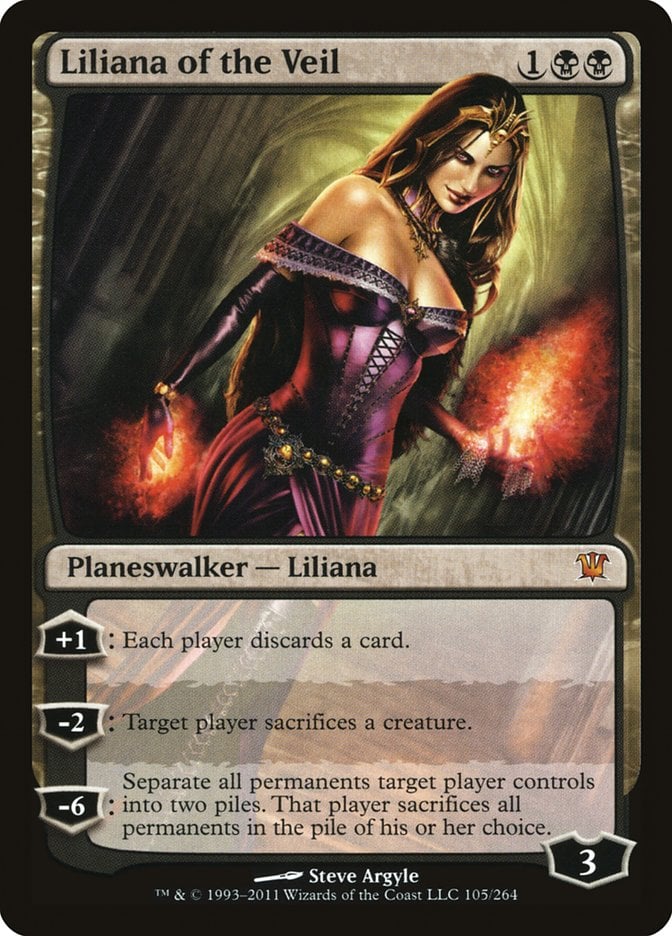
Another common way of dealing with hexproof creatures involves forcing your opponent to sacrifice them. Spells like Chainer’s Edict and Liliana of the Veil read “target opponent sacrifices a creature.” In this case, your opponent is the target of the spell, not their creatures; “a creature” (or any creature) is not the same as “target creature.” Bear in mind that, if your opponent has several creatures in play, they’re unlikely to sacrifice the creature with hexproof; best to whittle away other creatures with removal spells and leave your opponent with just one hexproof creature before casting your Edict.
Examples of Hexproof
Now that we’ve covered how hexproof works, let’s talk about a few cards with hexproof that you might run into in the tournament scene.
Slippery Bogle
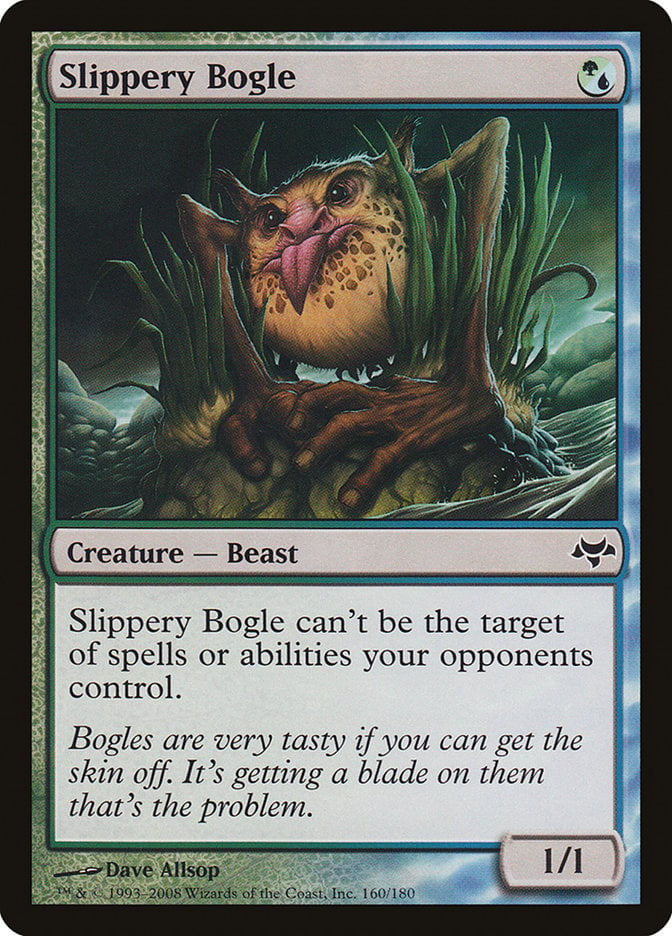
Slippery Bogle is the poster child for hexproof strategies. This slippery creature hits the battlefield early and has become a prime target for some of the most powerful aura spells in the game. Learn more about Bogles strategies in our interview with Good Luck High Five’s Maria Bartholdi.
Invisible Stalker
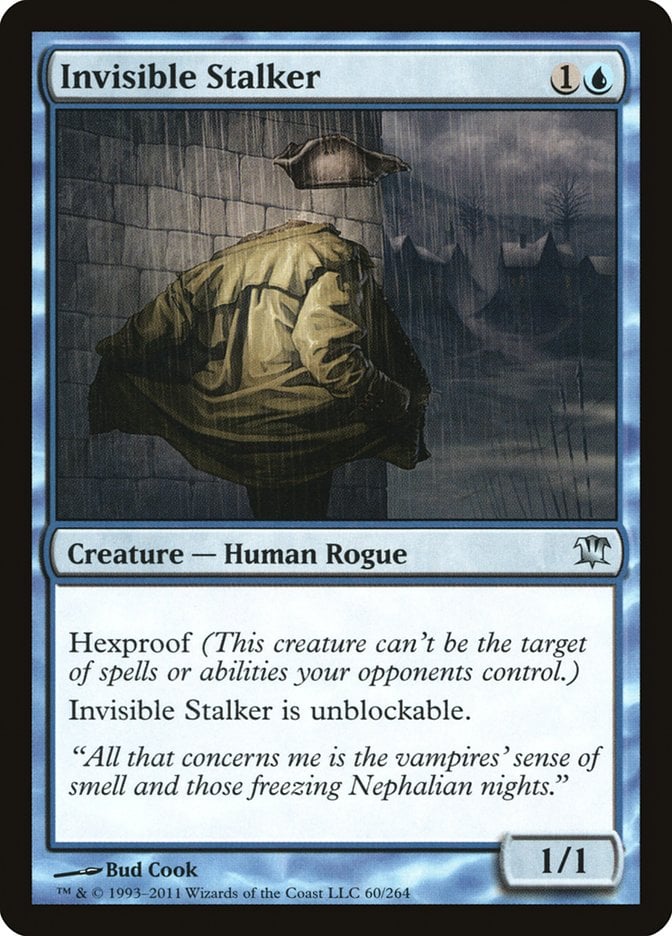
Slippery Bogle may be scary, but at least you can block it! Invisible Stalker can crash through the red zone unimpeded and do massive amounts of damage with the right support cards. Since Stalker’s printing, Wizards has been careful not to grant evasion to hexproof creatures.
Heroic Intervention
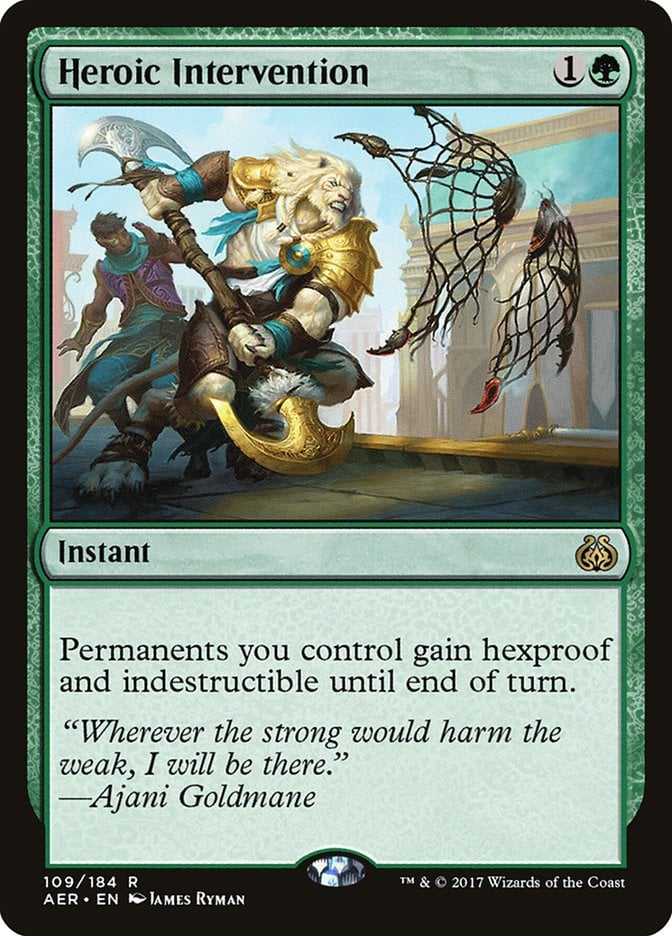
Creatures that don’t naturally have hexproof can gain the ability temporarily, thanks to a handful of spells. Heroic Intervention grants hexproof and indestructible to all your creatures for a turn, shielding them from board wipes. No wonder this card is so popular in Commander!
Swiftfoot Boots
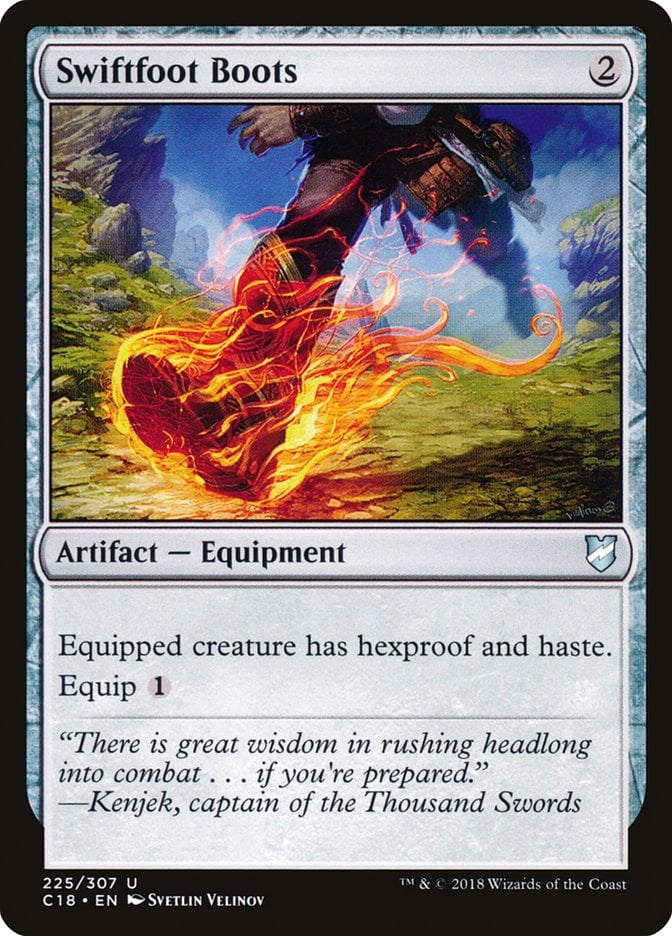
Another popular Commander card that grants hexproof (albeit to just one creature) is Swiftfoot Boots. If you need to protect a key creature from removal, suit ’em up with the Boots.
Leyline of Sanctity
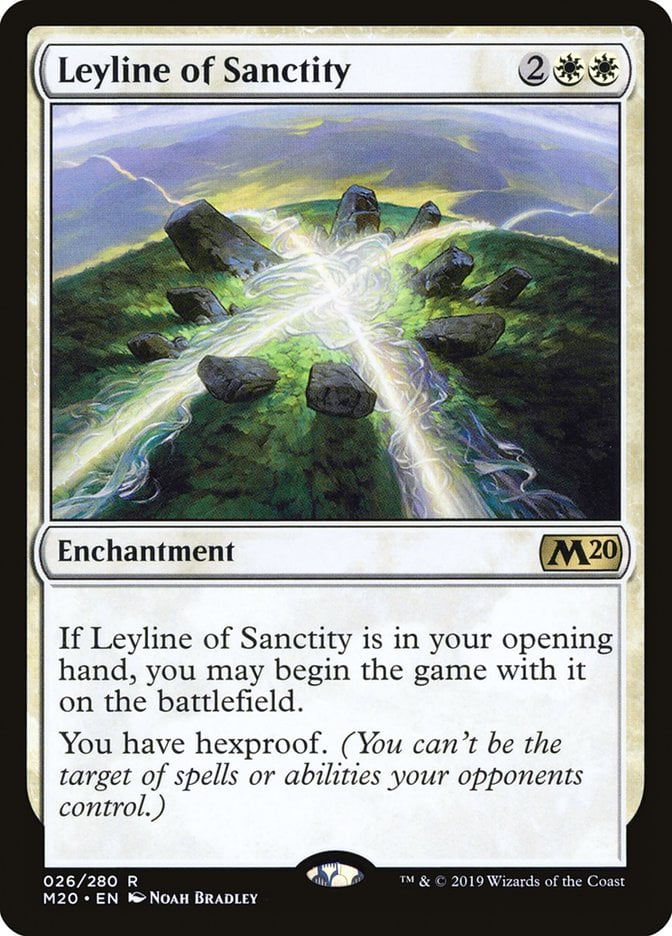
Hexproof isn’t just for creatures – it can apply to players, too! Leyline of Sanctity grants you hexproof so your opponent can’t target you with a spell like Chainer’s Edict – or many other spells, for that matter.
Learn More!
Check out the rest of our keyword ability primers:
Banding
Companion
Cycling
Deathtouch
Equip
First Strike & Double Strike
Flash
Flying & Reach
Haste
Indestructible
Kicker
Lifelink
Mutate
Phasing
Prowl
Trample
Vigilance

